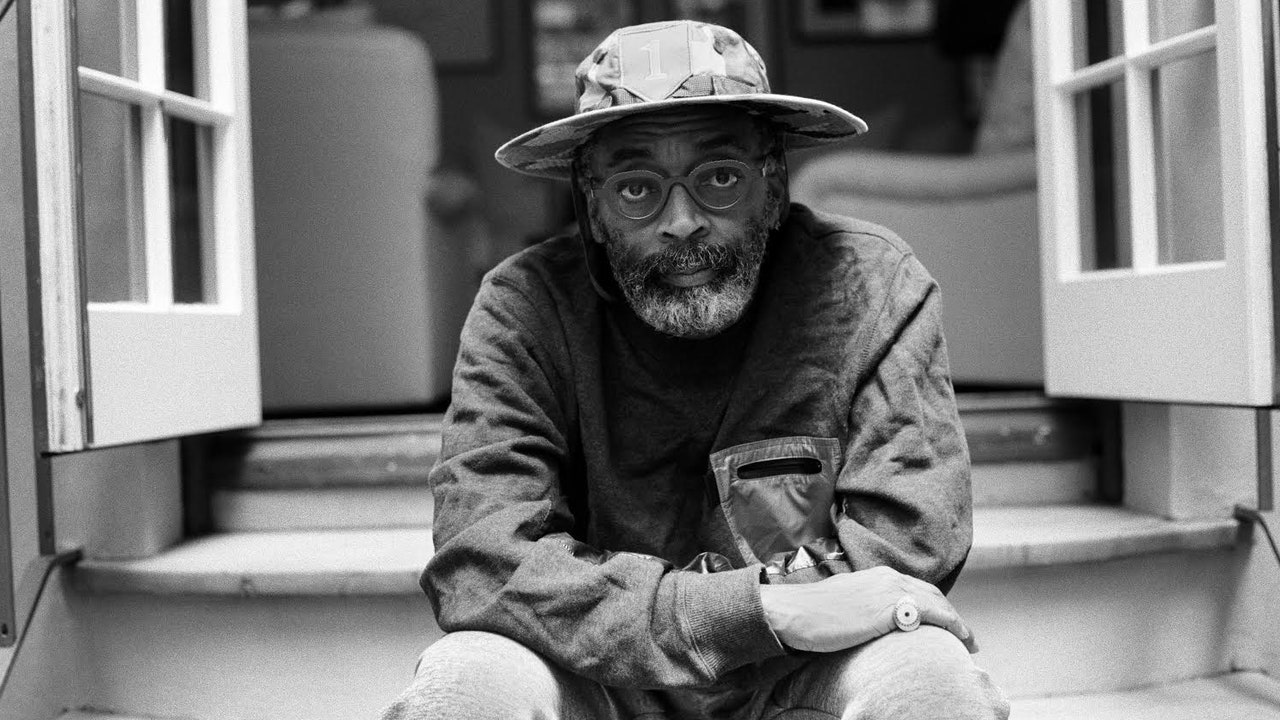Spike Lee’s 9/11 Doc Didn’t Just Include Conspiracy Theories—It Promoted Them

Spike Lee’s documentary NYC Epicenters 9/11 → 2021 ½ was, when I watched it via preview links sent to me by HBO, eight hours long in total. Seven-and-a-half of those hours were, I felt, an exuberant, maximalist, mad rush of a love letter to New York from one of the city’s greatest artists.
I don’t know how long the finished version will be. The fourth episode is now being reedited in advance of its airing on September 11; it has been pulled from HBO’s press screeners app, and Lee sent a note via publicists to journalists that read, in part, “I Respectfully Ask You To Hold Your Judgement Until You See The FINAL CUT.” While I personally hold Lee and his work in extremely high esteem (I gave Chi-Raq five stars!), this incident feels notable enough to me to disregard his request.
At around the 75-minute mark of the episode’s original cut, the film’s panopticon approach to the city’s twin crises of COVID and terrorism went down an unusual rabbit hole. As first noted in an interview in the The New York Times, then in a pointed column in Slate, the initial cut of Epicenters didn’t merely touch upon conspiracy mongers and so-called 9/11 truthers—it exalted them.
If someone wanted to be generous, they could maybe say Lee intended to “show both sides” by including the conspiracists’ perspective. But this would be a fib. The purpose of the film’s 30-minute detour was to get viewers in the grip of the “jet fuel doesn’t melt steel beams” narrative—to see the group Architects & Engineers for 9/11 Truth as principled warriors, and join their public push for a congressional reexamination of 9/11.
In the original cut, Lee uses all his extraordinary directorial panache to achieve this. For starters, the segment comes soon after another sequence in which first responders, led by tough-as-nails Noo Yawka John Feal, is forced to go down to Washington to fight for the James Zadroga 9/11 Health and Compensation Act. With commentary from Jon Stewart, who has long used his invective to fight for first responders, and Senator Chuck Schumer in hoppin’-mad mode, this section really does anger-up the blood—paving the way for the next section, where people accuse the Powers That Be of creating barriers to righteousness.
Earlier in the episode, we meet the surviving family of a young man who died in the towers. As Lee does time and again with anyone remembering a loved one during this project, he then slams the brakes on the narrative to say, hold up, tell me something about this person you lost. (Now is a good time to reiterate that most of what I watched was quite extraordinary.)
We learn about Bobby McIlvaine, one of the few undergraduates at Princeton University who took Toni Morrison’s graduate-level class. We read a letter Morrison wrote to his family when she learned he was “among the missing.” We’re totally in love with this kid and ache for his parents. Then, after a lengthy stretch in which many of the fringe architects argue that the towers actually came down because of a controlled demolition, Bobby’s father comes back to say that he is convinced his son was actually killed by a clandestine explosion. Who wants to be the one to disagree with that guy?
The primary voice demanding “9/11 Truth” in the original cut is Richard Gage, and in Lee’s film, he does not look like a nut. He’s a sharp, serious man in a suit, and he knows how to behave on camera. Still, as the Slate article notes, Gage is “responsible for peddling some of the most pernicious and long-running lies about the 9/11 attacks;” the story argues that much of his rhetoric is just one small step away from typical 4chan-level anti-Semitism.
In the original version of the film, we see footage of buildings on fire that don’t come down, then controlled implosions that, on the surface, certainly look similar to what happened at the World Trade Center. It all zooms by rather quickly, but the images are striking. Other members of Gage’s group appear, and are similarly eloquent. (Only demolitions expert Tom Sullivan has the Dr. Johnny Fever look you’d expect from a conspiracy theory guy.) When Gage shares that his devotion to his cause cost him his marriage, and Lee compares Gage to Richard Dreyfuss’s character in Close Encounters of the Third Kind (then cuts to that film’s most emotionally charged scene), you’re primed to feel bad for him.


